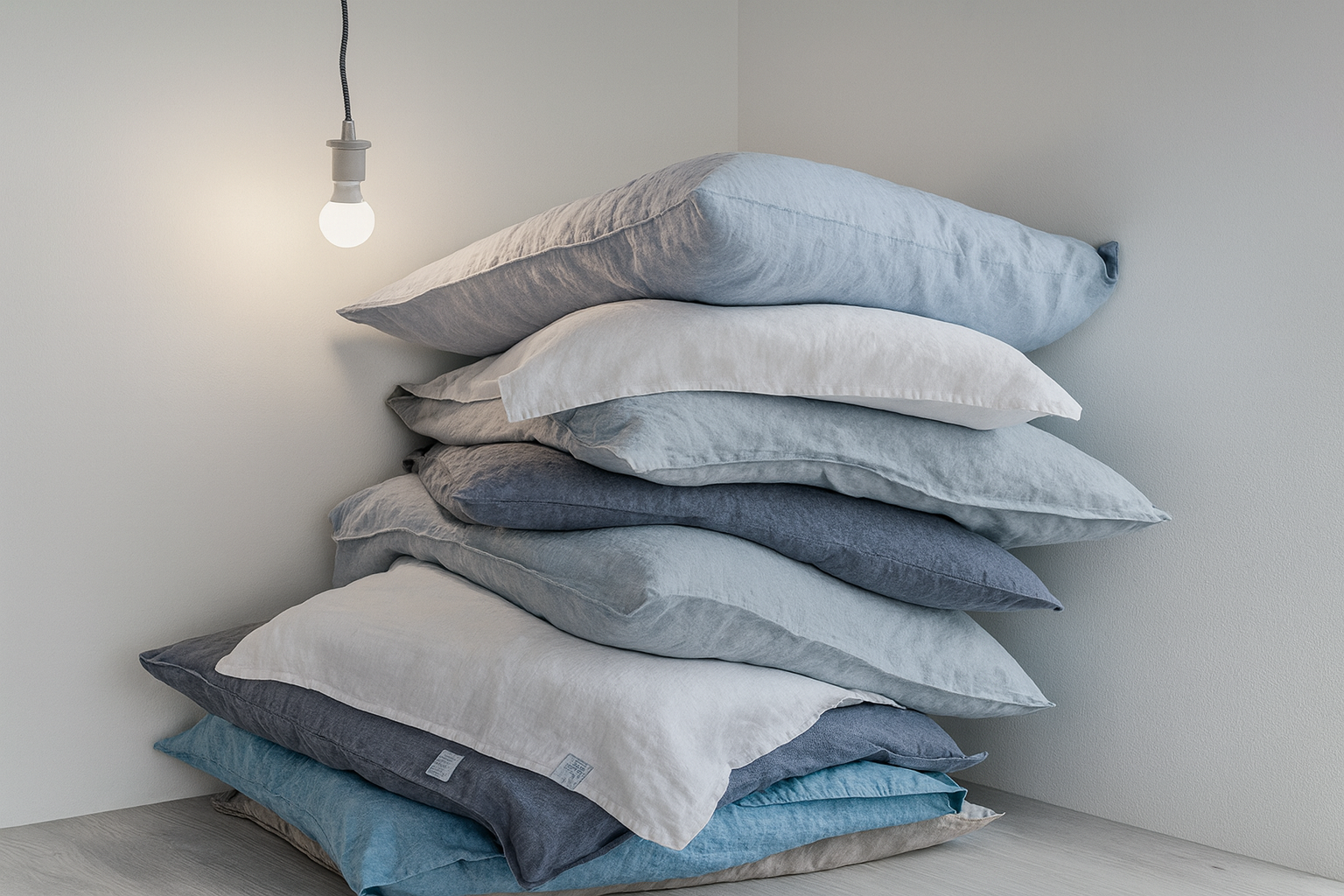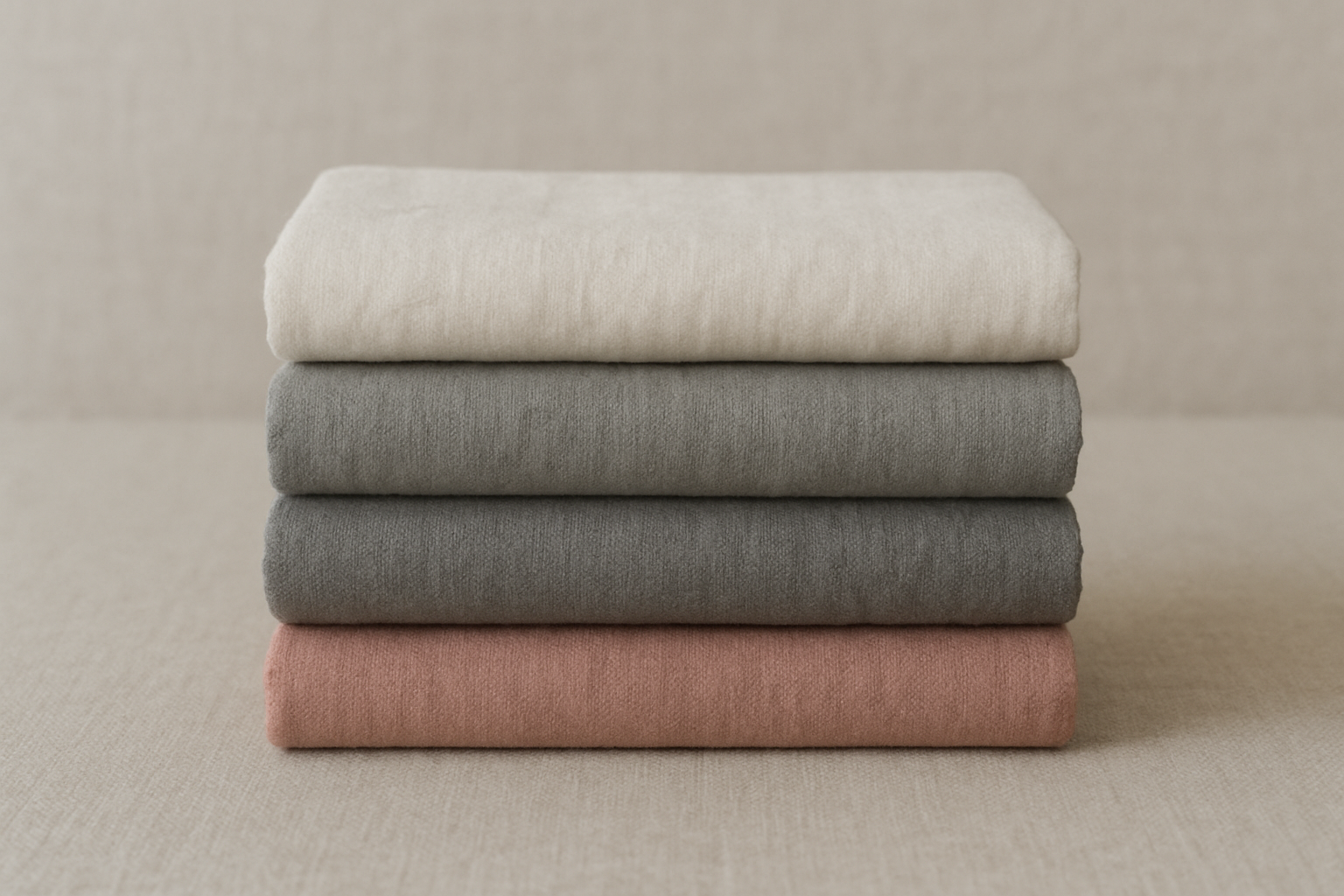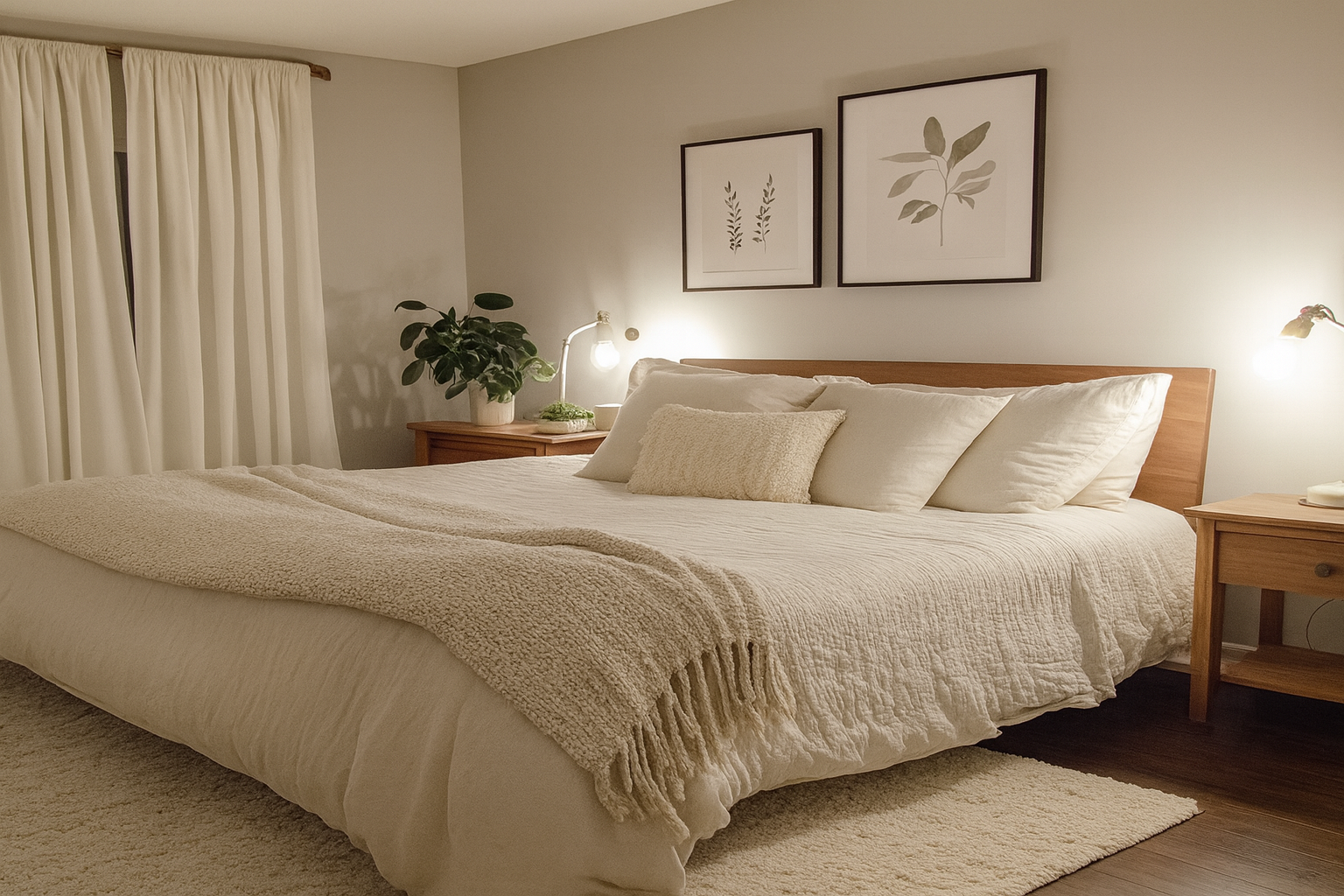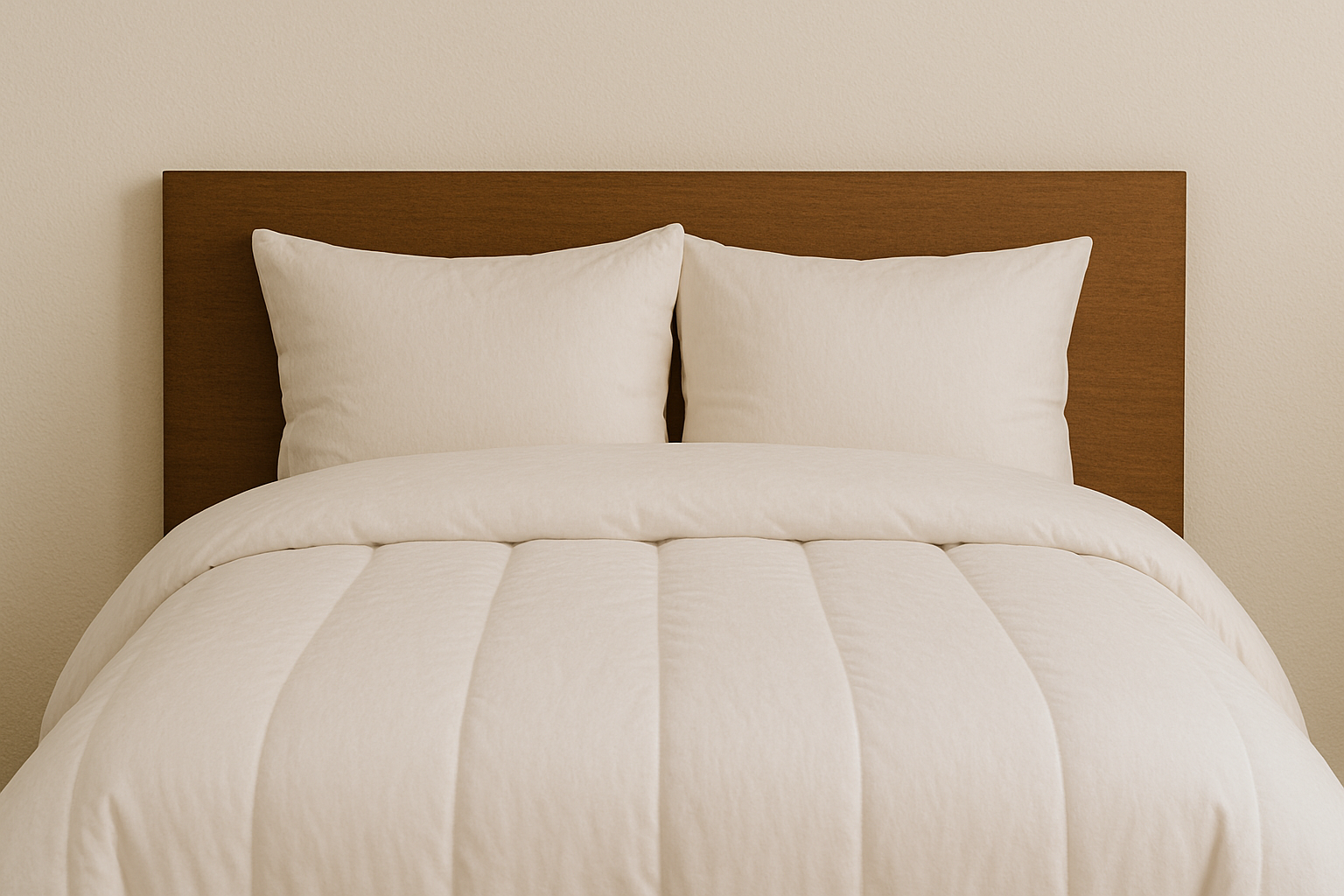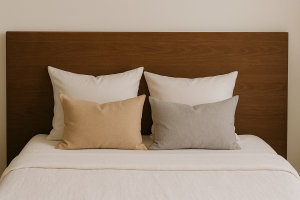
We spend around eight hours every night with our face pressed against a pillowcase.
So how do you know it’s time for a change? And why does it matter more than you think?
1. What Old Pillowcases Can Do to Your Sleep and Skin
- Irritation: Worn fabric can cause itching or roughness, especially for sensitive skin
- Breakouts: Oils and bacteria build up over time — even with frequent washing
- Disrupted sleep: If the fabric doesn’t feel soft, your body won’t fully relax
Replacing your pillowcase isn’t just for looks — it’s for comfort, hygiene, and deeper rest.
2. Signs It’s Time to Replace Your Pillowcase
- The fabric feels rough or thin, even after washing
- Faint stains that don’t go away — from skin oils, sweat, or hair products
- The color has faded unevenly
- You’ve had them for over 1–2 years (especially if used daily)
3. What to Look For in a New Pillowcase
Choose materials that breathe, age well, and feel good after every wash:
- Linen: naturally cooling, hypoallergenic, and gets softer over time
- Cotton (percale or sateen): classic, smooth, and easy to care for
- No heavy synthetics: they trap heat and don’t let skin breathe
If you love a soft landing at the end of the day, invest in the fabric your skin touches most.
4. Bonus: Keep Your Pillowcases Feeling New, Longer
- Wash every 5-7 days if you have sensitive skin or oily hair
- Use gentle detergent, avoid fabric softeners
- Let them dry in fresh air when possible
- Store folded neatly in a dry drawer, away from direct sunlight
Final Thought
We often think of big things when trying to improve our sleep — better beds, better routines.
But sometimes, it’s as simple as what touches your cheek every night.
Blog
Get fresh home inspiration and helpful tips from our interior designers

